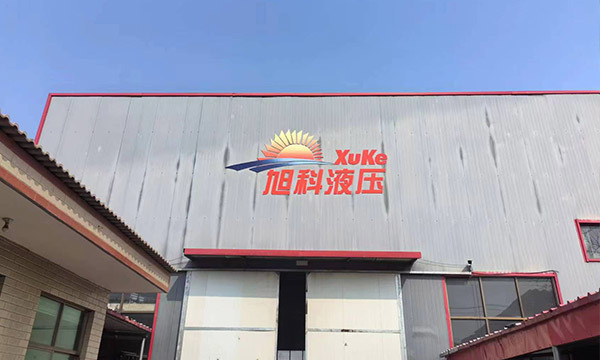How to synchronize the double hydraulic cylinder and hydraulic motor
Achieving the simultaneous movement of dual hydraulic cylinders or hydraulic motors is a common but critical task, especially in applications where it is necessary to ensure that two actuators move simultaneously and smoothly. Here are some common synchronization methods:
For double hydraulic cylinders:
Connected hydraulic cylinders: Two hydraulic cylinders are connected by a beam or connecting rod. This ensures that they are on the same axis and remain synchronized under the action of the oil.
Flow distributor: Use the flow distributor to ensure that the same flow enters the two hydraulic cylinders. This can be achieved by a proportional valve or a flow controller.
Position sensor and feedback system: Position sensors installed on each hydraulic cylinder monitor and adjust the position of each cylinder through a feedback system to maintain synchronization.
Proportional valve control: Use proportional valves to adjust the hydraulic flow of each hydraulic cylinder to ensure that they move in the required proportion.
For hydraulic motors:
Speed controller: Use hydraulic motor speed controller to ensure that they move at the same speed. This typically involves the use of proportional valves or speed control loops.
Position feedback system: The position sensor installed on each hydraulic motor monitors and adjusts the position of each hydraulic motor through the feedback system to maintain synchronization.
Electronic control: An electronic control system is used to monitor and adjust the speed and position of the hydraulic motors to ensure that they move in sync.
Load sensing: The load sensor monitors the load of the system to adjust the output of the hydraulic motor to maintain synchronization and avoid load imbalance.
In all these methods, the use of feedback systems and control systems is key to ensuring synchronized motion. These systems can adjust the operation of hydraulic components in real time according to actual working conditions to maintain synchronization. Choosing the appropriate synchronization method depends on the specific application requirements and system design.
Key words:
Previous Page
Previous Page:
Recommended News
Specific features of hydraulic motors
2024-03-12
Maintenance Procedures for Hydraulic Motors
2024-03-12
Share

















